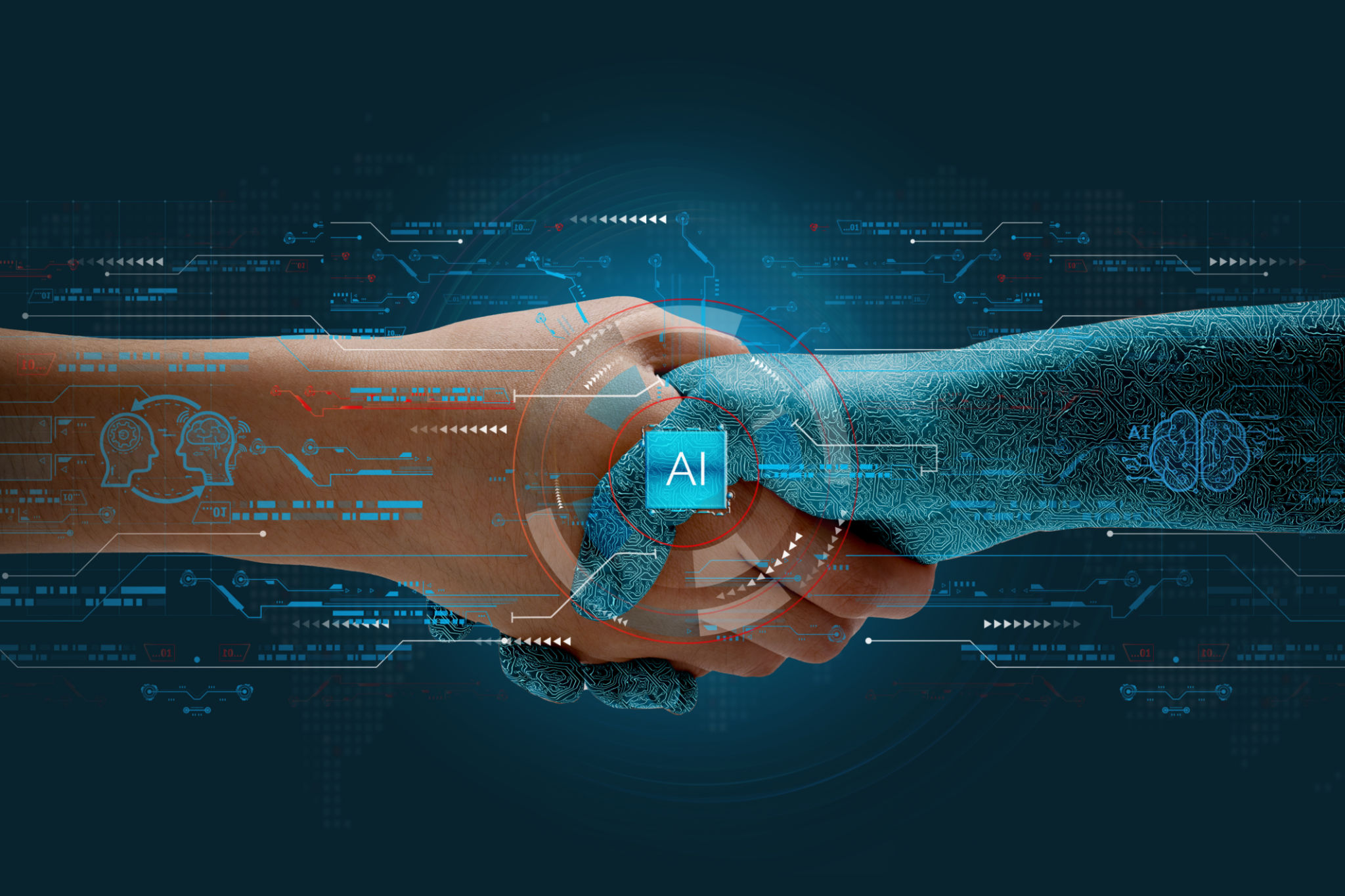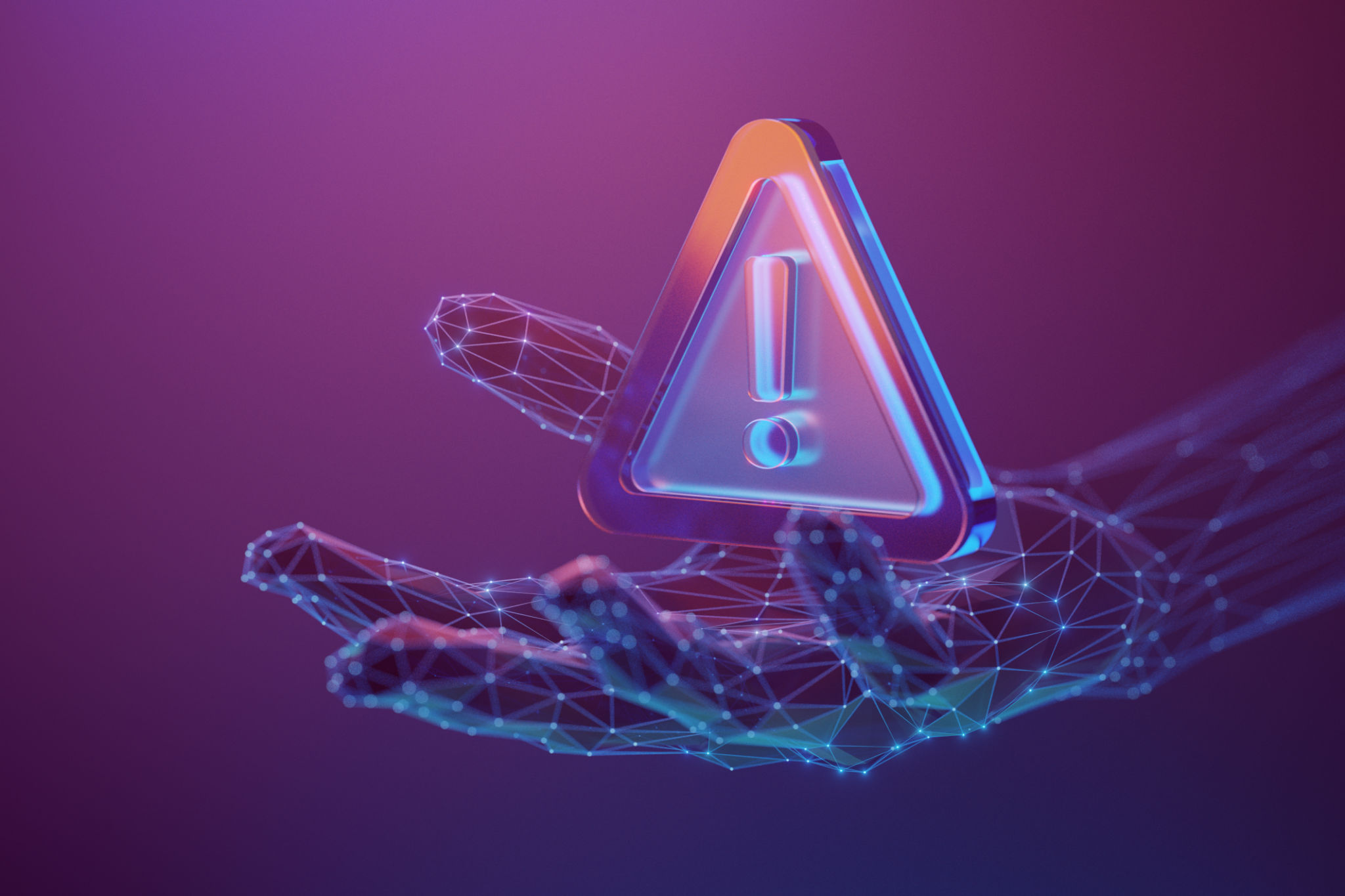5 Common Misconceptions About AI-Powered Communication Tools
Understanding AI-Powered Communication Tools
As AI-powered communication tools become more prevalent in businesses and personal use, misconceptions about their capabilities and limitations continue to circulate. It's essential to separate fact from fiction to leverage these tools effectively and responsibly. Let's explore five common misconceptions about AI-powered communication tools.

Misconception 1: AI Tools Can Understand Context Perfectly
One of the most widespread misconceptions is that AI can perfectly understand the context of a conversation. While AI tools have advanced significantly in natural language processing, they are not infallible. They often rely on large datasets to interpret language, which can lead to misunderstandings, especially in nuanced or culturally specific contexts.
It's crucial to remember that AI lacks human intuition and empathy, which are vital for truly understanding the subtleties of human communication. Therefore, while AI can assist with context, it cannot replace human judgment entirely.
Misconception 2: AI-Powered Tools Are Completely Autonomous
Another common belief is that AI tools operate entirely on their own without any human intervention. In reality, most AI-powered communication tools require some level of human oversight. Whether it's setting parameters, adjusting algorithms, or providing feedback, human involvement is crucial to ensure these tools function correctly.

AI tools are designed to augment human capabilities, not replace them. By working alongside AI, individuals can enhance productivity and decision-making processes.
Misconception 3: AI Tools Are Infallible
Many people assume that AI tools are error-free. However, like any technology, they are prone to mistakes. Errors can occur due to biases in training data, algorithmic limitations, or unexpected user input. It's important to approach AI outputs with a critical eye and verify information when necessary.
Businesses should regularly update and refine their AI systems to minimize errors and improve accuracy over time.

Misconception 4: AI Will Replace Human Jobs
The fear that AI will take over jobs is a common concern. While AI can automate specific tasks, it also creates new opportunities for human workers. By handling repetitive or mundane tasks, AI allows employees to focus on more strategic and creative work, thus enhancing job satisfaction and productivity.
AI is more likely to transform jobs than eliminate them. Adaptability and continuous learning are essential for workers to thrive in an AI-integrated workplace.
Misconception 5: All AI Tools Are the Same
Lastly, there is a misconception that all AI tools function similarly. In truth, AI-powered communication tools vary greatly depending on their design, purpose, and underlying technology. Some are tailored for customer service interactions, while others are better suited for internal communications or data analysis.

Understanding the specific capabilities and limitations of each tool is crucial for selecting the right one for your needs. Businesses should evaluate different options and choose those that align with their goals and requirements.
In conclusion, while AI-powered communication tools offer tremendous potential, it's essential to approach them with a clear understanding of their capabilities and limitations. By dispelling these common misconceptions, users can better harness the power of AI to enhance communication and drive innovation.